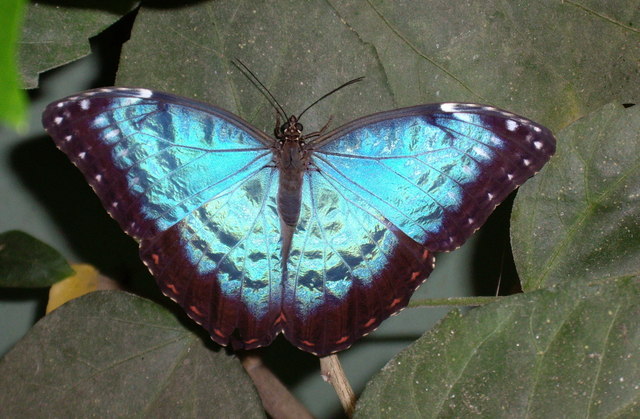
The United Kingdom has witnessed a resurgence in butterfly populations, reaching levels not seen since 2019, according to findings by conservationists.
Research conducted by the Butterfly Conservation wildlife charity documented over 1.5 million butterflies and day-flying moths between July 14 and August 6.
The red admiral butterfly was the most frequently sighted species across the UK, with 248,077 recorded during the charity's research.
However, when considering long-term trends, it becomes apparent that numerous species have experienced significant declines since the data collection began 13 years ago.
Dr. Zoe Randle emphasized that butterflies serve as excellent indicators of a healthy environment, and these insects have benefited from the mixed weather experienced in 2023.
"This summer has been a bit of a washout," she remarked to the BBC. "The rain, coupled with hot days, has facilitated lush and green vegetation for caterpillars to feed on.
"The red admiral had a remarkable summer this year, marking a 338% increase over last year's count. This particular butterfly seems to be thriving in the UK due to climate change, even though its typical habitat is the Mediterranean coast or North Africa."
Utilizing data collected by volunteers across the nation, scientists assessed butterfly abundance and the distribution of different species.
Dr. Randle commended the public's engagement in this year's research, noting that there was "exceptional participation."
"Participation increased in all UK countries - Wales, Scotland, Northern Ireland, and England - and the number of counts also rose, which was fantastic," she said. "It is heartening to see people getting involved. It is wonderful."
Conservationists believe that butterflies have benefited from the wetter weather in 2023. On average, there were 12 butterflies recorded per count, in contrast to the nine counted during the prolonged drought and heat of 2022, according to the Big Butterfly Count.
The gatekeeper butterfly came second in terms of sightings, with 222,896 observations, marking a 12% increase from the previous year. Nevertheless, long-term figures indicate a 28% decrease since 2010 for this species.
White butterflies secured the third and fourth positions, with large whites spotted 216,666 times and small whites 190,506 times, signifying an 11% and 15% increase over the prior year, respectively.
The research also highlighted species that have experienced declines both in the past year and over the long term, such as the ringlet, common blue, and speckled wood.
Dr. Richard Fox, head of science at Butterfly Conservation, identified habitat loss as one of the most significant threats facing butterflies. "Butterflies require suitable habitats where they can feed, breed, and take shelter in order to thrive," he explained. Photo by Lynda Poulter, Wikimedia commons.



































